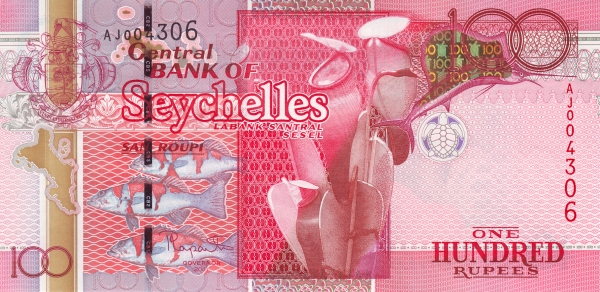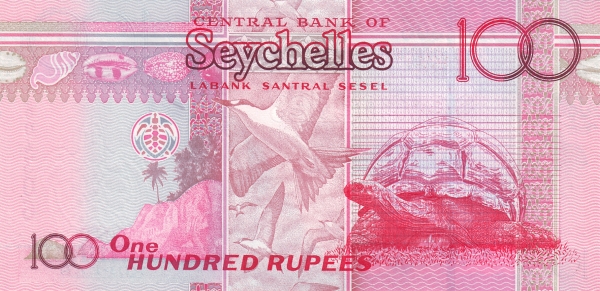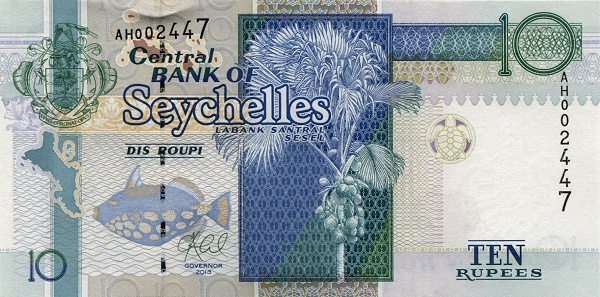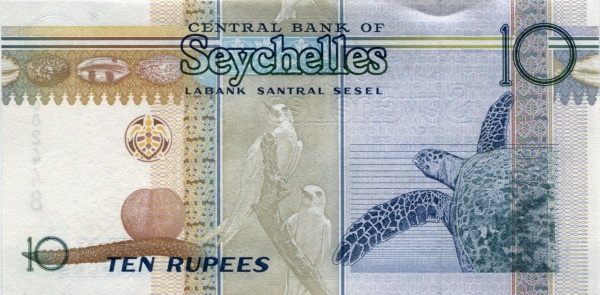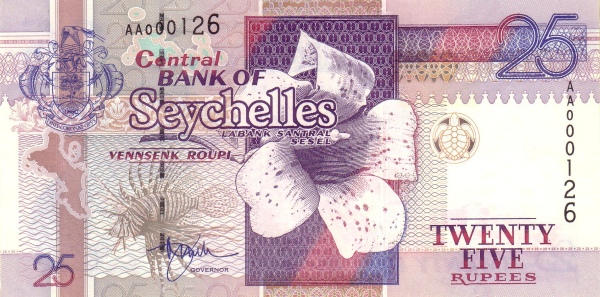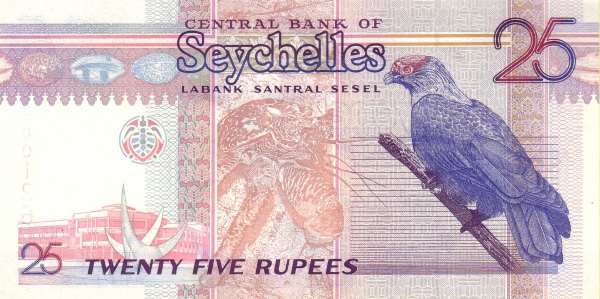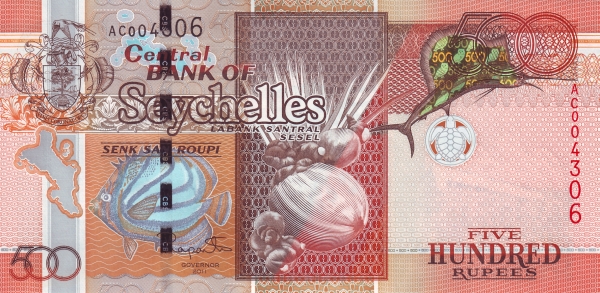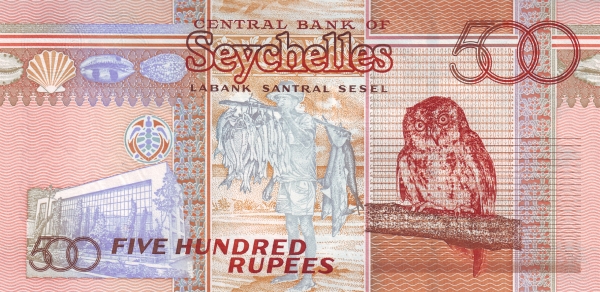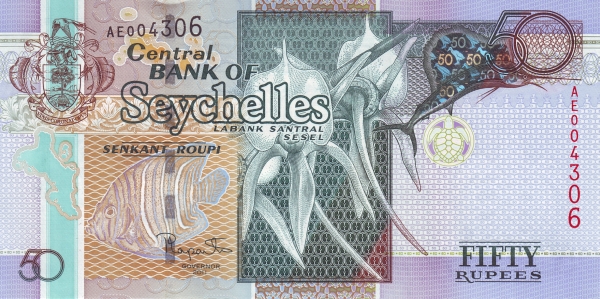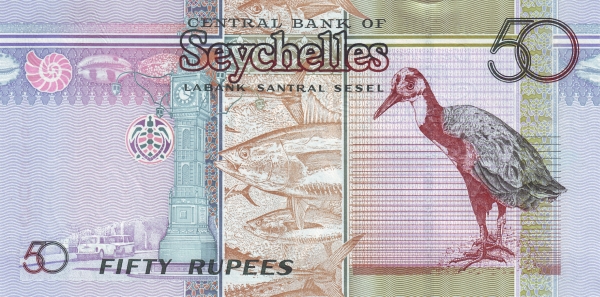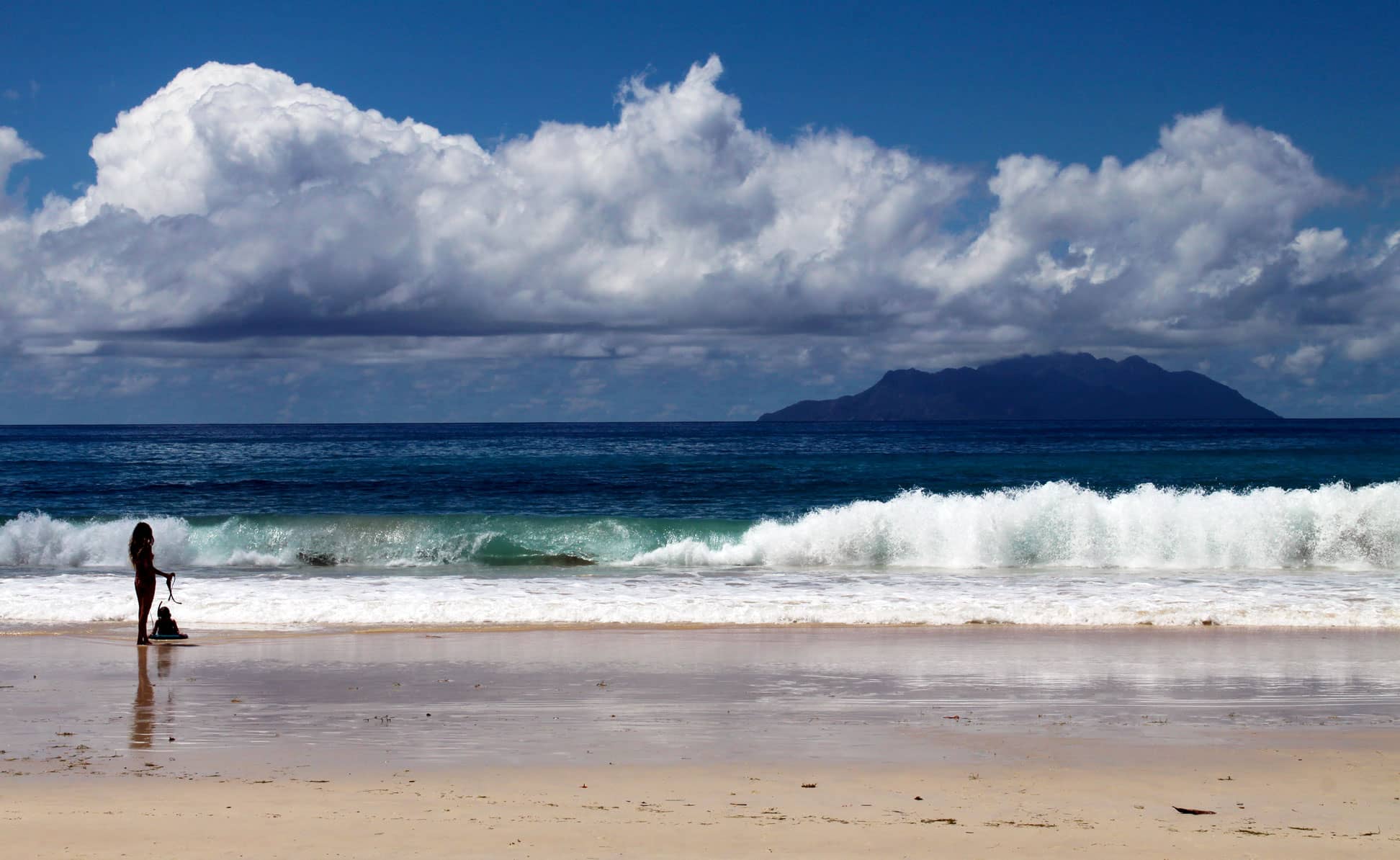Seychelles: A Tropical Paradise
Seychelles, a breathtaking tropical archipelago in the Indian Ocean, offers an unparalleled experience for travelers seeking beauty and adventure. Nestled at a unique crossroads between Asia and Africa, this stunning group of islands lies approximately 500 km south of the equator and around 1,700 km (1,000 mi) east of the African coastline. Comprising around 115 islands, Seychelles covers a vast area of over 1 million km², making it a significant player in the Indian Ocean. Notably, the total land area of the nation is just 444 km², comparable in size to Andorra and approximately 2.5 times larger than Washington, DC.
Unveiling the Inner Islands of Seychelles
The Mahé group, which constitutes the primary islands of Seychelles, rests about 1,000 km northeast of Madagascar's northern tip. Moreover, these islands are approximately 1,800 km east of Mombasa, Kenya. This group includes 45 islands that represent the peaks of a granitic rock plateau named the Seychelles Bank. The uplifting of these islands forms a unique microcontinent that draws visitors from all over the globe.
Encircled by vibrant coral reefs, the inner islands feature narrow coastal strips that transition into lush hills rising as high as 900 meters. Among the peaks, Morne Seychellois stands out as the archipelago's highest mountain, reaching an impressive elevation of 905 m (2,969 ft). The sight from its summit offers a panoramic view that most visitors find breathtaking.
Exploring the Outer Islands of Seychelles
In contrast to the inner islands, the Seychelles Outer Islands consist primarily of coral atolls, including the Amirante and Alphonse Islands. Many of these islands remain uninhabited, showcasing pristine natural beauty for those who venture into these isolated spots. In 2008, the Islands Development Company (IDC) introduced an initiative known as "1 island, 1 hotel.” This program aimed to lease each island to a hotel operator responsible for constructing residential and recreational facilities.
The Rich Cultural Heritage of Seychelles
Seychelles boasts a population of merely 98,000 people as of 2021, making it the nation with the smallest population among sovereign African countries. Victoria, situated on Mahé, serves as both the capital and largest city. The linguistic landscape of Seychelles reflects its diverse heritage, with Seychellois Creole spoken by about 90% of the populace, coupled with English and French being official languages.
A Glimpse into the History of Seychelles
Tracing back its history, the islands of Seychelles were likely first sighted by the famed Portuguese explorer Vasco da Gama in 1503. However, documented landings did not occur until a century later, in 1609, when an expedition by the British East India Company dropped anchor. Subsequently, in 1756, France formally claimed these rocky islands and named them after Jean Moreau de Séchelles, the finance minister under King Louis XV of France.
Settlement in Seychelles commenced in 1778 under a French military administration. Despite facing significant challenges during its early years, the islands eventually began to flourish. Over time, a protracted power struggle unfolded between France and Britain, culminating in the Treaty of Paris in 1814. This treaty resulted in the transfer of Seychelles and Mauritius to England.
Colonial Influence and Independence
During the 19th century, small numbers of Chinese and Indian traders settled in Seychelles, often accompanied by former slaves. This influx led to the establishment of a distinct colony, which separated from the Crown in 1903. Following years of political transformation, Seychelles achieved independence in 1976 and joined the Commonwealth.
In 1993, a new constitution heralded the end of Socialist rule, enabling Seychelles to embrace a multiparty system and free elections. This political evolution laid the foundation for a democratic republic, shaping the nation's modern governance.
The Political Framework of Seychelles
Under its 1993 constitution, Seychelles operates as a republic with a multiparty political system. The President of Seychelles serves as both the head of state and government, elected through a popular vote for a five-year term. The executive branch wields power through the government, while the National Assembly, composed of 34 members, holds legislative authority over the same five-year period.
Discovering Nature’s Wonders in Seychelles
Not only does Seychelles offer a rich historical narrative and vibrant culture, but it also showcases breathtaking natural landscapes. Visitors frequently marvel at the lush forests, remarkable biodiversity, and pristine beaches that illustrate the essence of paradise. The islands serve as a sanctuary for numerous unique species, both terrestrial and marine.
With its striking landscapes, rich culture, and welcoming atmosphere, Seychelles undoubtedly emerges as a premier travel destination. Each island offers a distinct experience, from vibrant markets and luxurious resorts to secluded beaches and protected nature reserves. Travelers who choose Seychelles find themselves immersed in both adventure and tranquility, surrounded by stunning natural beauty. Whether you seek relaxation or exploration, Seychelles has something to offer everyone, making it an unforgettable destination in the heart of the Indian Ocean.
Largest cities of: Seychelles
| City Name | Population | Year of foundation | |
| Victoria | 26,000 | 1778 | |
| Beau Vallon | 8,000 | 1960 | |
| Praslin | 8,000 | 1760 | |
| Anse Boileau | 7,000 | 1965 | |
| Amitie | 6,200 | 1770 | |
| English River | 5,000 | 1770 | |
| La Digue | 2,000 | 1771 | |
| Takamaka | 1,500 | 1965 |
Seychelles: Money
